
Culture
16:01, 05-Dec-2017
Cheongsam designer Luo Yang wows modern Chinese ladies
CGTN
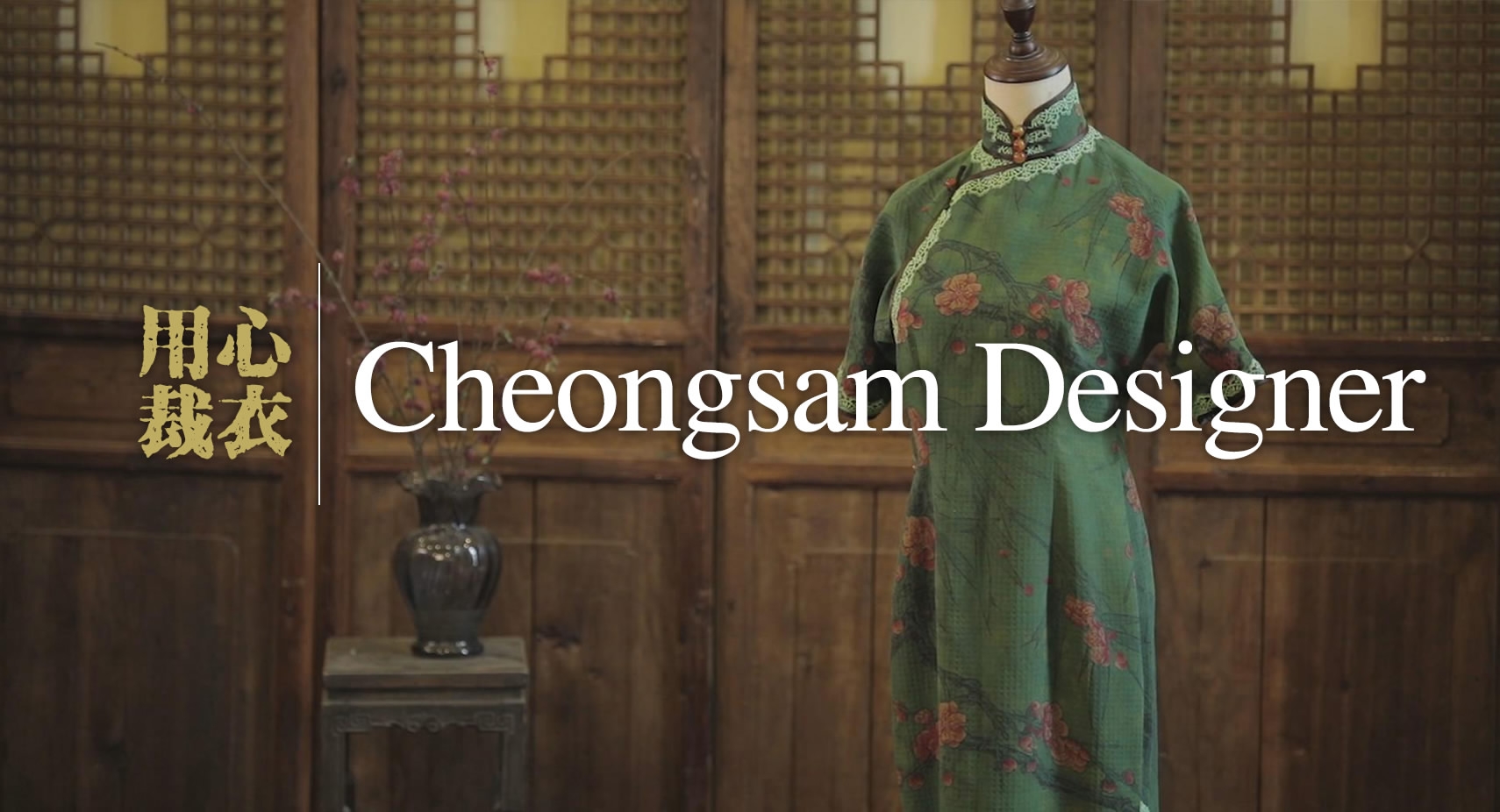
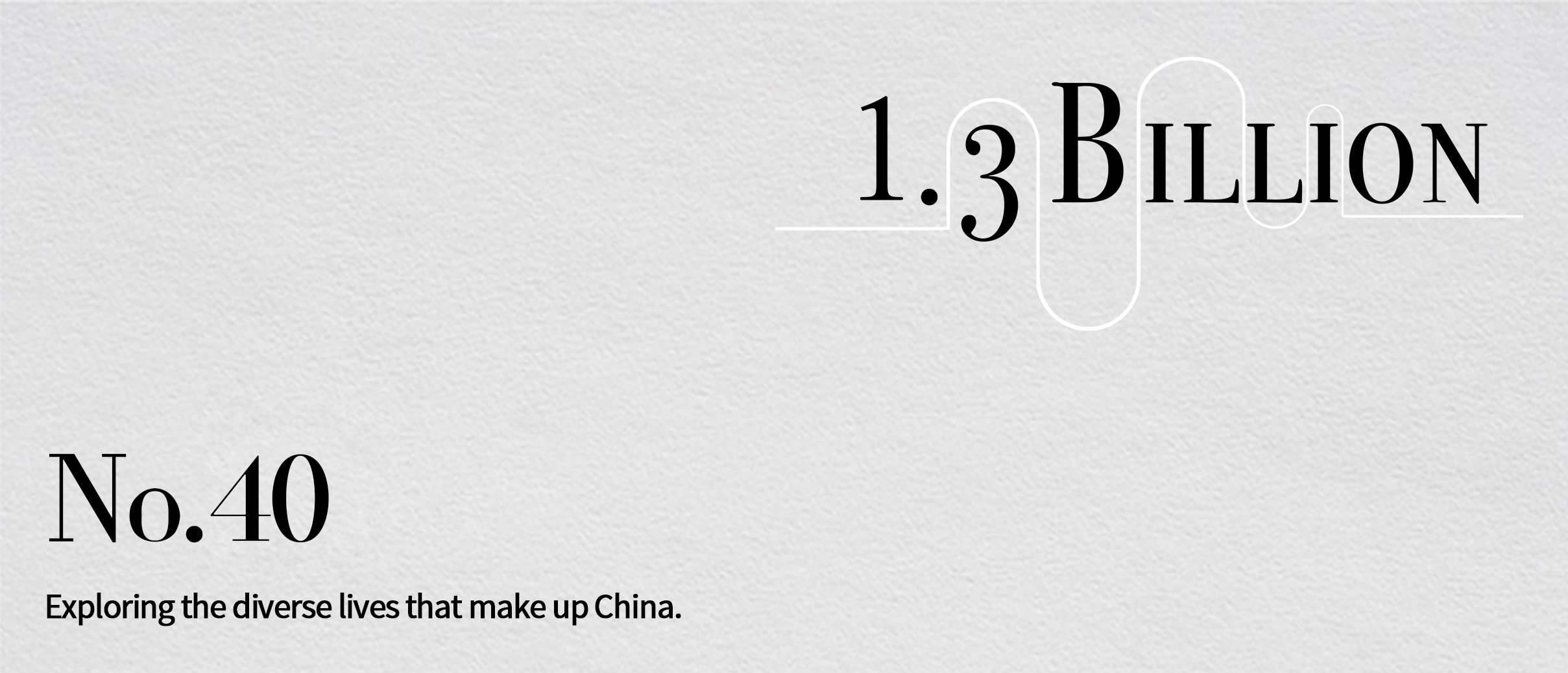
CGTN
CGTN
As a piece of Chinese clothing, qipao is always a classic choice for women.
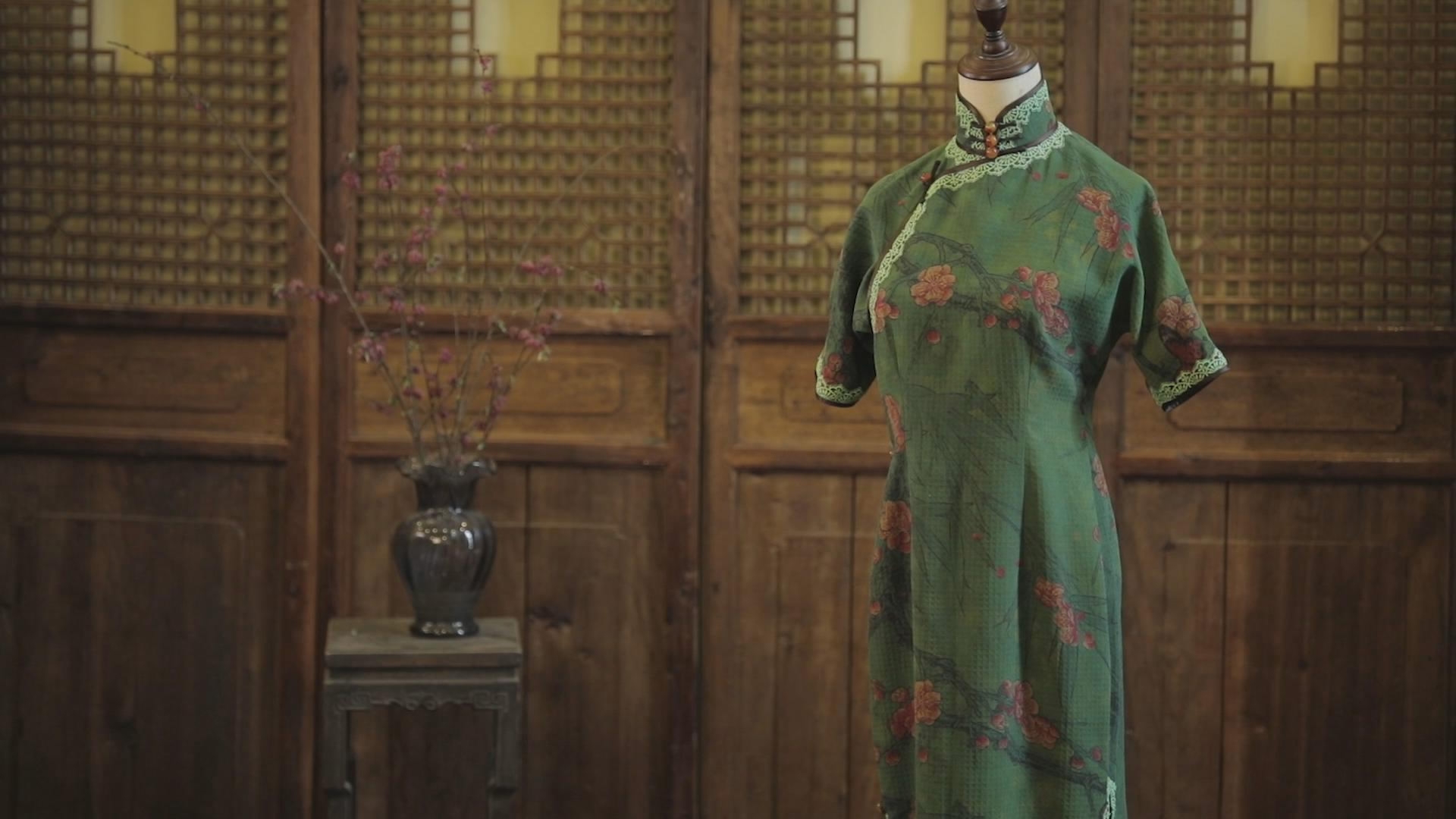
CGTN Photo
CGTN Photo
Unlike what most people believe, the qipao isn't a direct successor to the traditional Manchu dress in the Qing Dynasty (1644-1911). It was instead mostly influenced by the West, following the Revolution of 1911. At that time, designers in Shanghai and Beijing reformed the outmoded Manchu dress with modern tailoring. The new patterns soon became popular among female students in Shanghai, and before long, the trend attracted more and more women among the upper classes and in the world of entertainment.
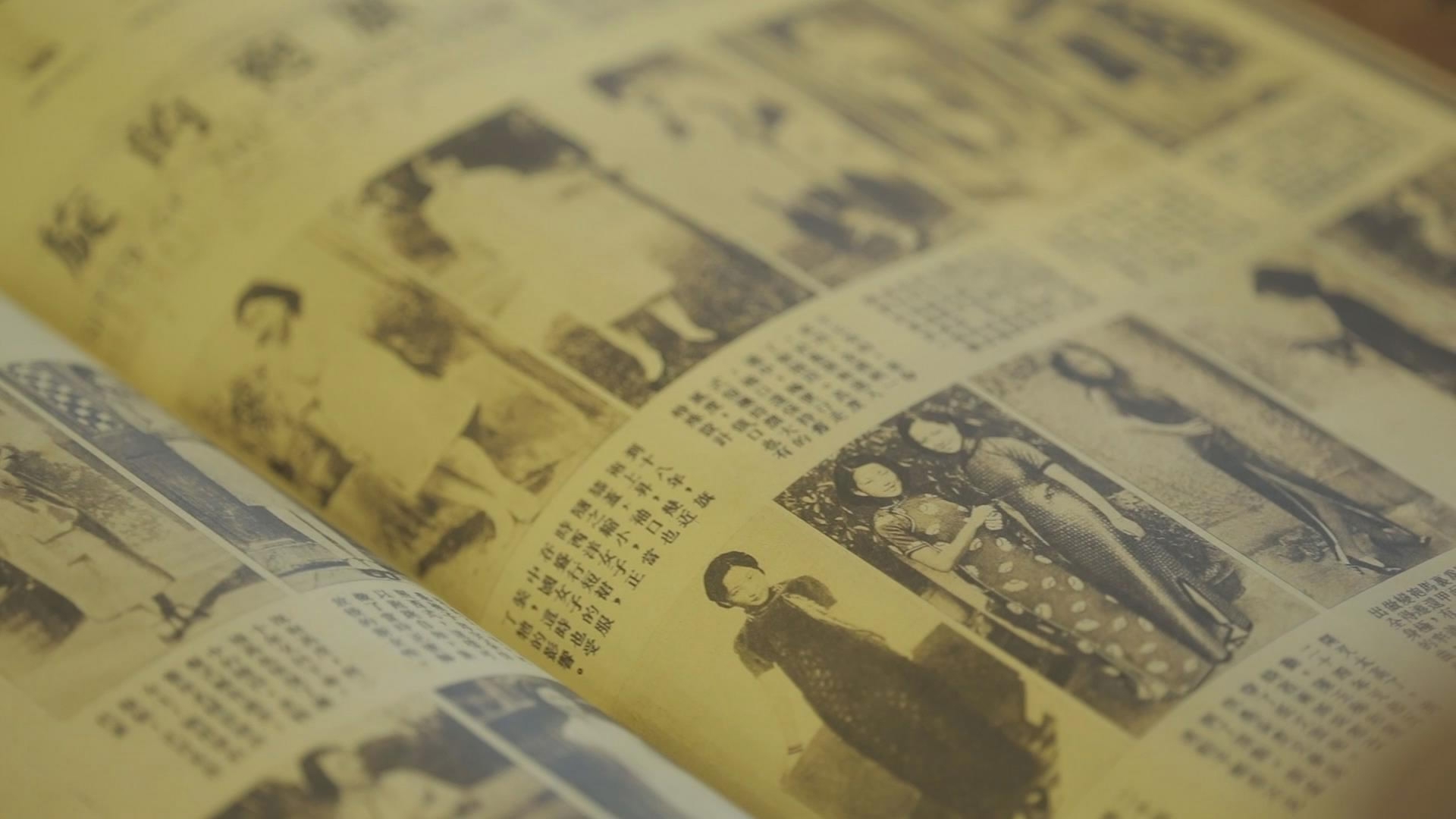
CGTN Photo
CGTN Photo
The standing collar and slim waist of the qipao illustrates the curves of the female figure, going against the conservative idea of wrapping a woman's chest and arms. It catered to the tastes of women's liberation and gradually became an important garment for urban women. In the next 20 years, the qipao stayed in the height of fashion, even becoming one of the national dresses for the Republic of China in 1929.

CGTN Photo
CGTN Photo
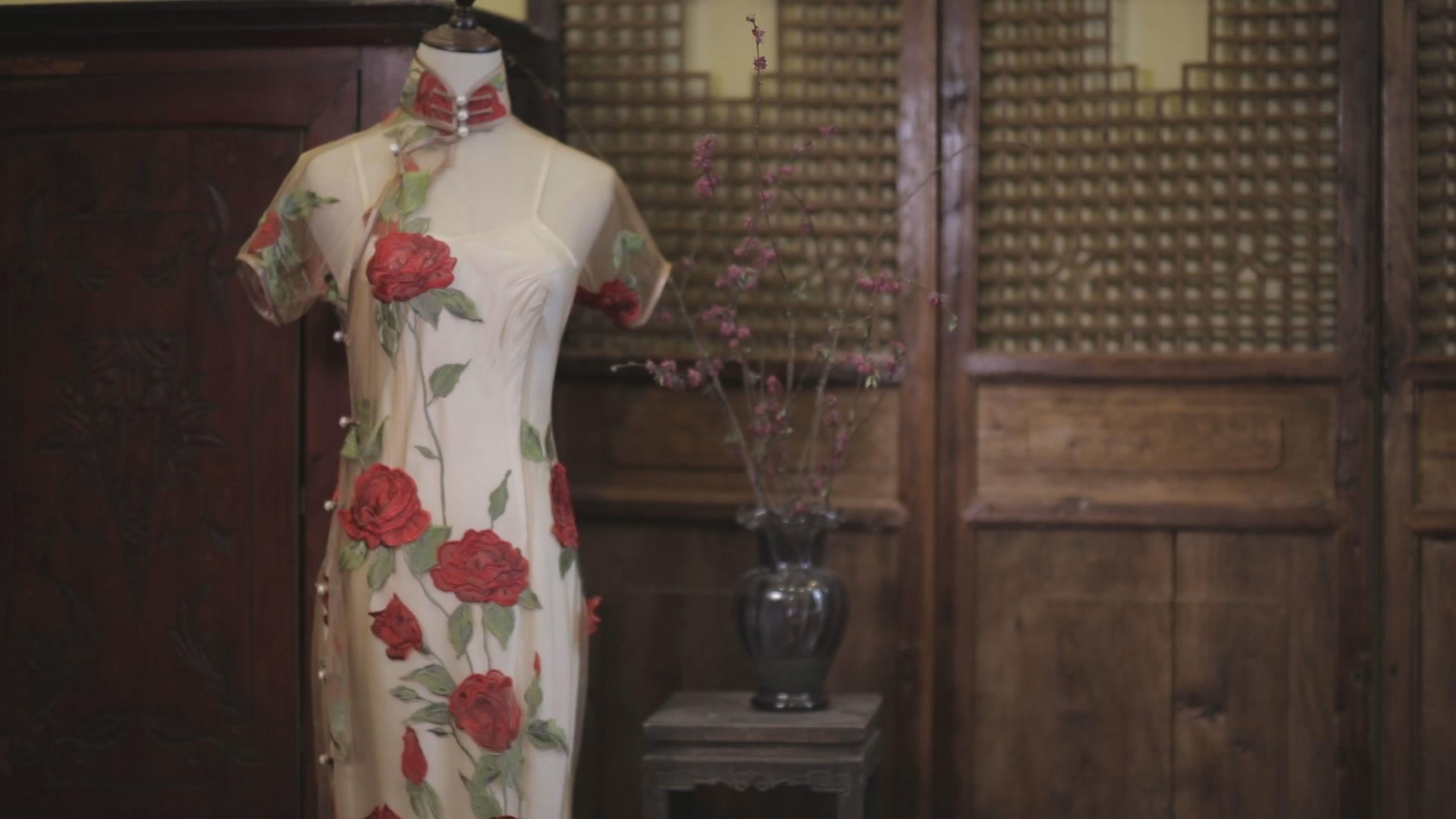
CGTN Photo
CGTN Photo
From female leaders and first ladies, to common women in special ceremonies, the qipao has always remained a firm favorite.
"I think any woman can wear a qipao. Plump or slim, as long as she has a certain body proportion and is properly educated, she would look great in it," says Luo Yang. The 25-year-old designer who runs a qipao studio in Chengdu.

Qipao designer Luo Yang/CGTN Photo
Qipao designer Luo Yang/CGTN Photo
An old tailor once told Luo Yang: "Anything makes sense. The 'pao' in 'qipao' means fit but not tight." Keeping this in mind, Luo Yang has been exploring new designs in order to reveal the subtle beauty of Chinese women, but without being vulgar with it.
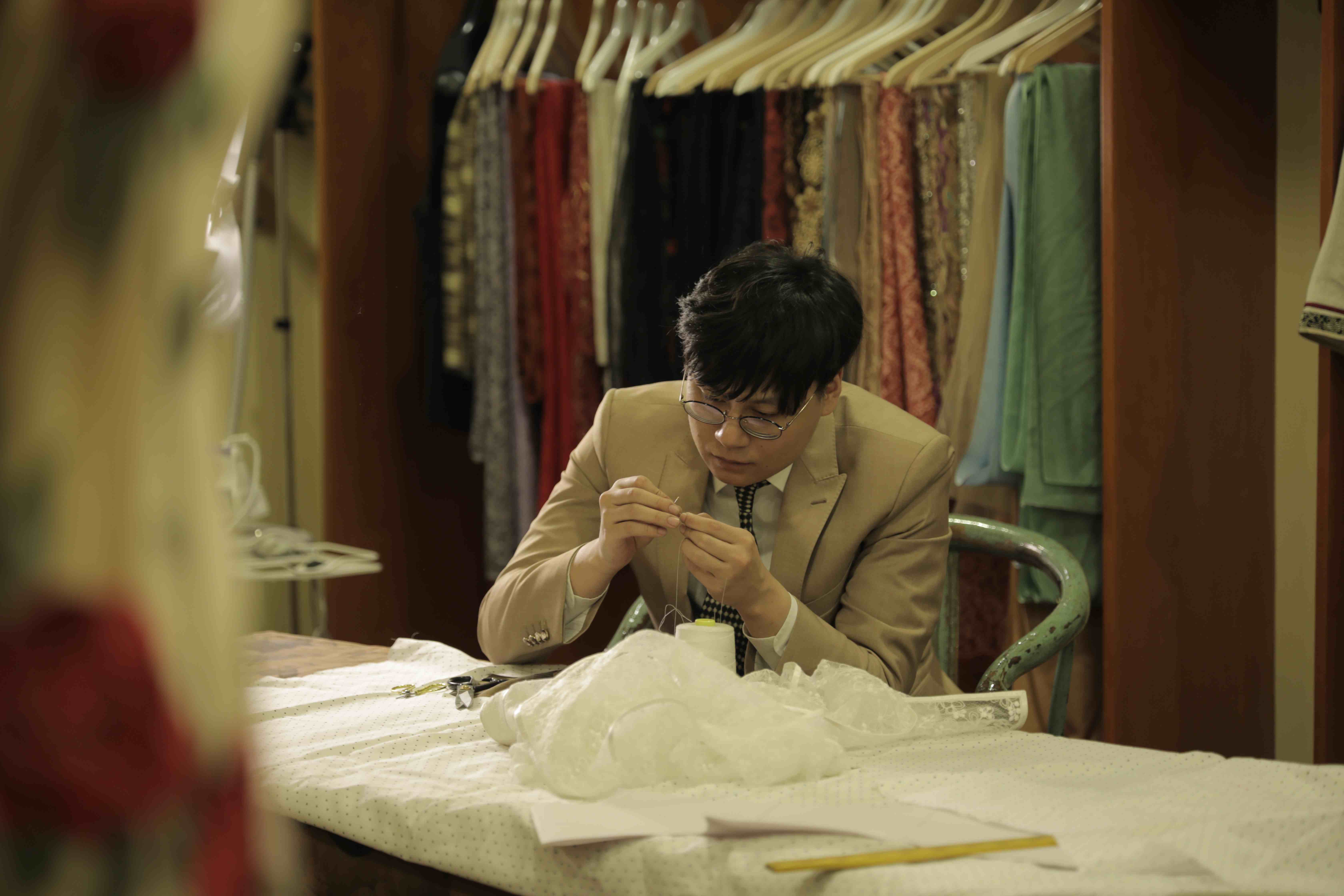
CGTN Photo
CGTN Photo
The golden age of the qipao is an important resource for Luo Yang's inspirations. He collected the bound volumes of The Young Companion, a popular pictorial magazine in the Republic of China.
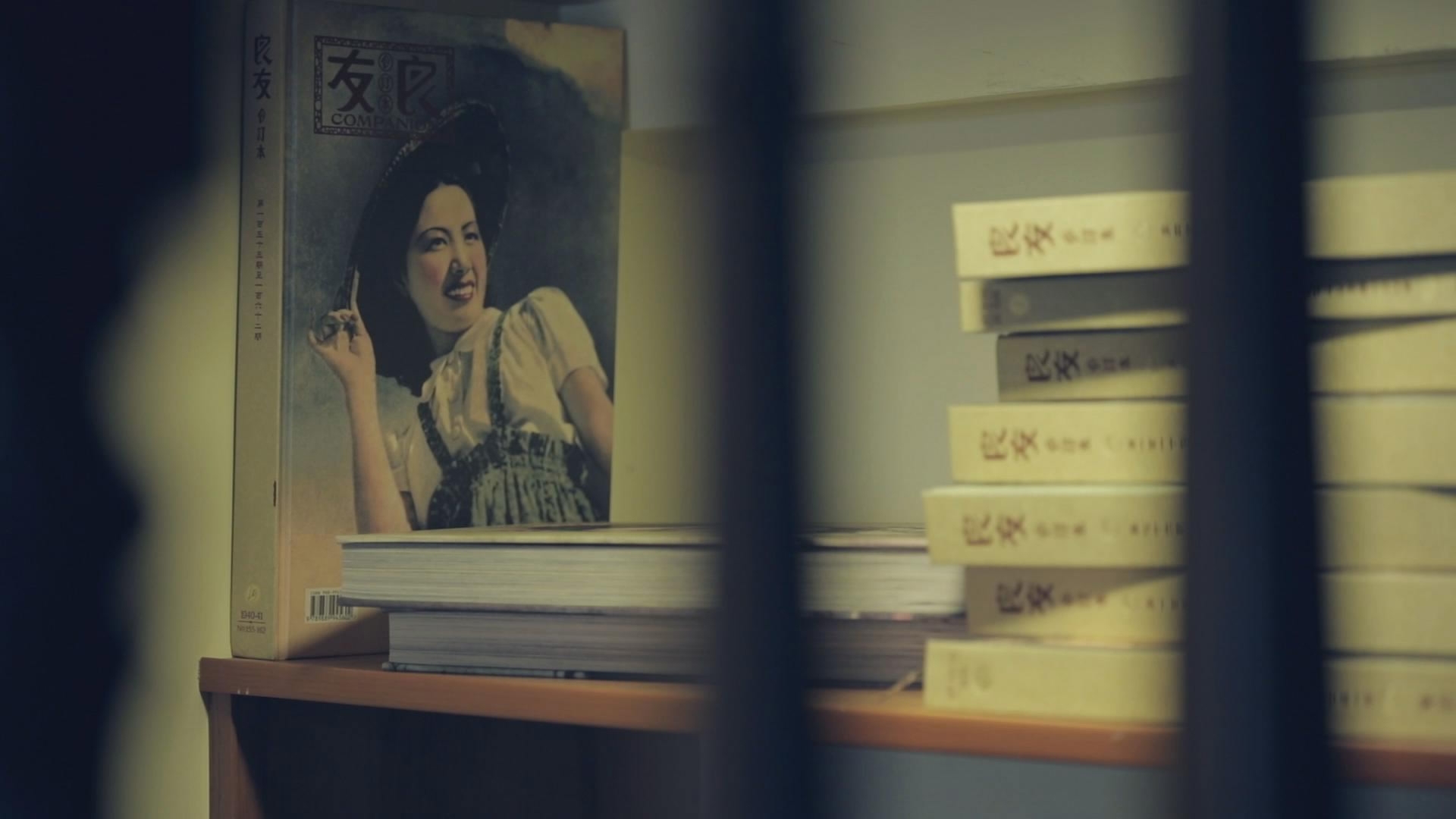
CGTN Photo
CGTN Photo
"We choose a piece of cloth to define the basic tone. Then we go for the details, such as the color of the hemming and the material of the knot buttons. I also use draping techniques dating from the 1930s in Shanghai."
As the times change, the customers demand more. Therefore, Luo Yang learns from other qipao studios, keeping up with their latest developments.

CGTN Photo
CGTN Photo
"I should try as many things as possible. And those shall become the footstone of my future innovations."
Now, Luo Yang's studio has been widely acknowledged among customers via word of mouth, and gained their loyalty. The best compliment he's ever heard was that once someone tried a Luo Yang qipao on, they wouldn't go to any other tailors.
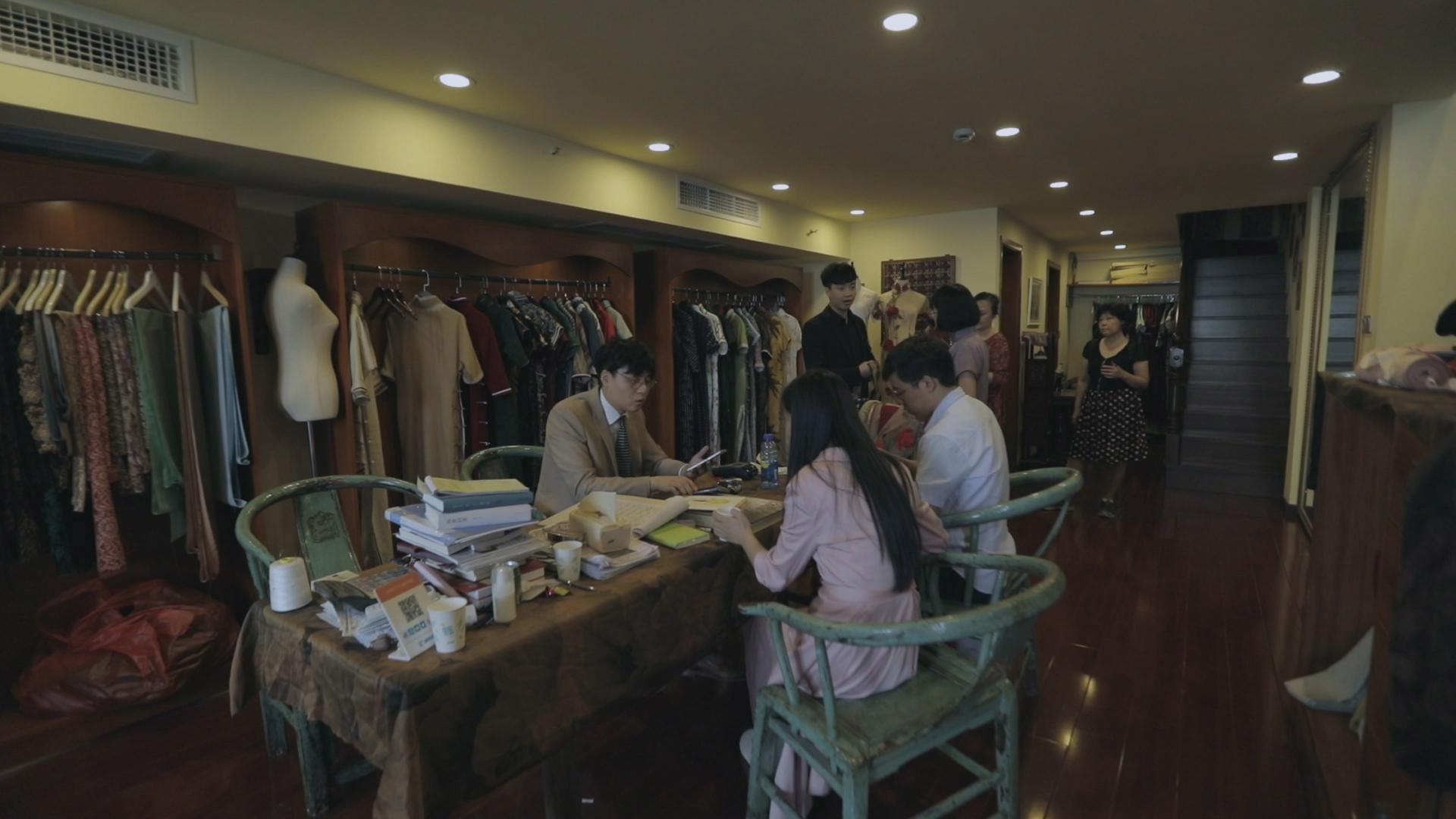
CGTN Photo
CGTN Photo
Besides earning a living, Luo Yang sees qipao tailoring as his hobby. The best way to maintain the vitality of this hobby is to bring it into daily life, to let people wear it, thus making it naturally charming, and only then will this special Chinese treasure live on for generations to come.
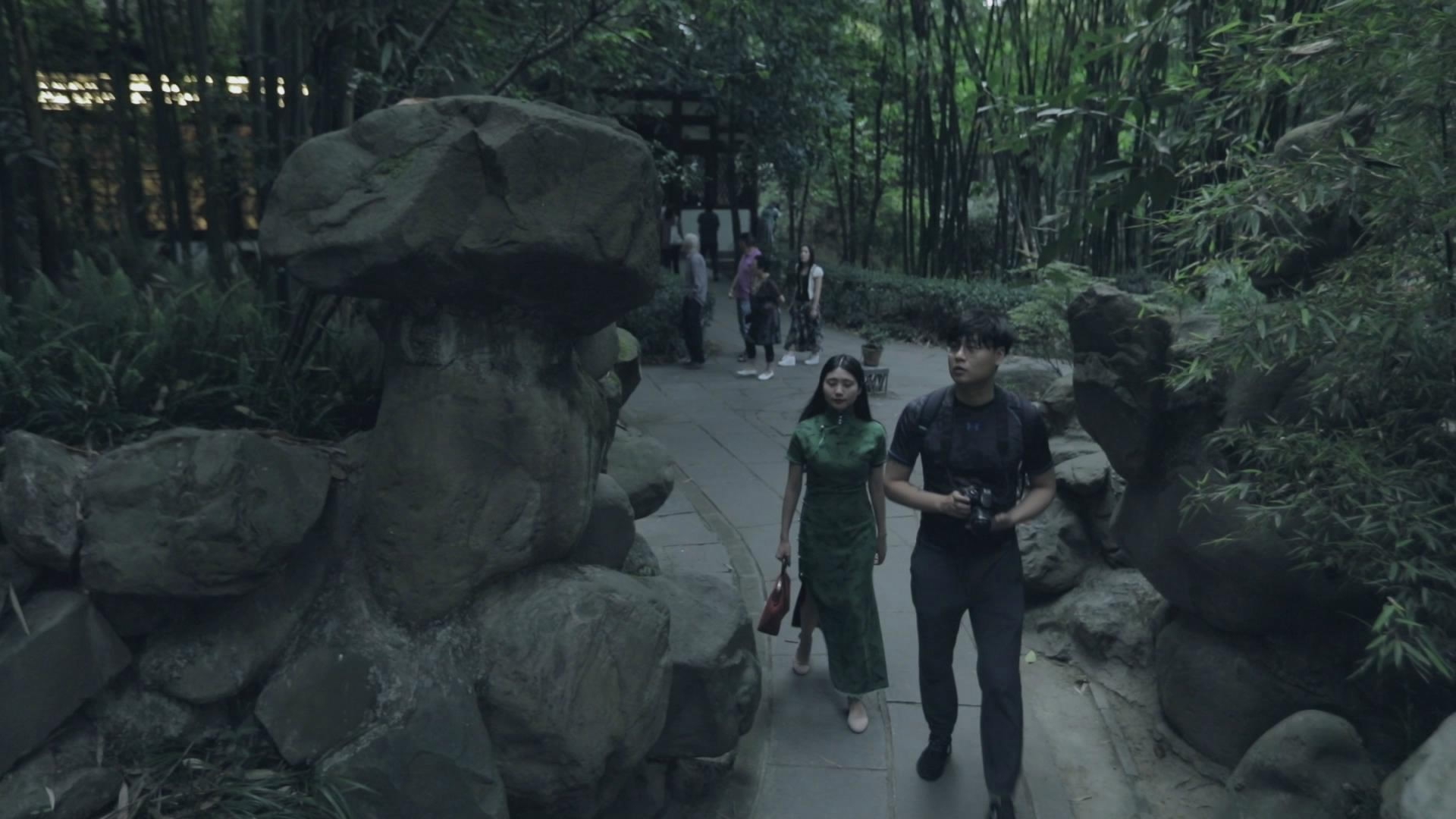
CGTN Photo
CGTN Photo
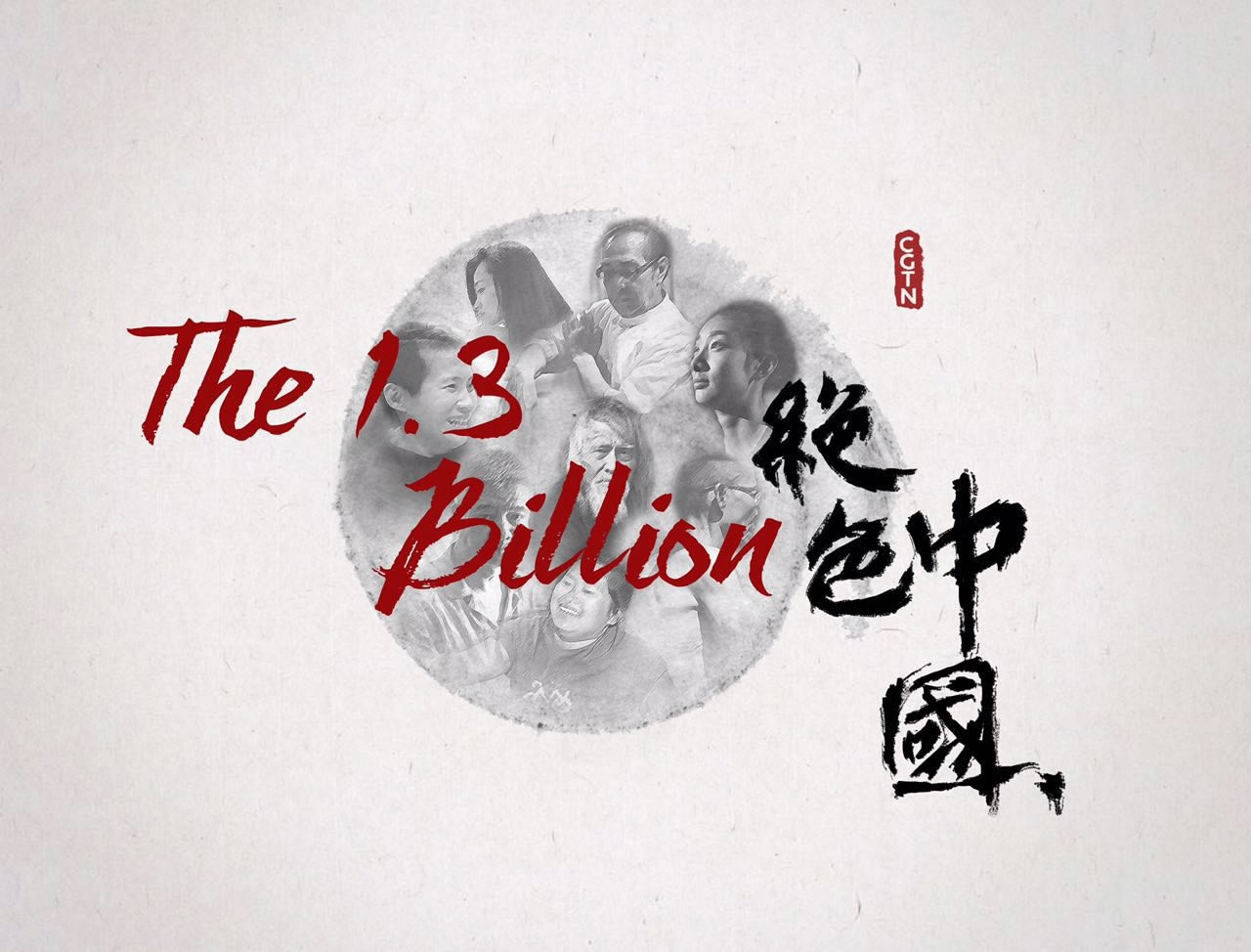
The story is one in The 1.3 Billion series exploring the diverse lives that make up China.
The story is one in The 1.3 Billion series exploring the diverse lives that make up China.

SITEMAP
Copyright © 2018 CGTN. Beijing ICP prepared NO.16065310-3
Copyright © 2018 CGTN. Beijing ICP prepared NO.16065310-3